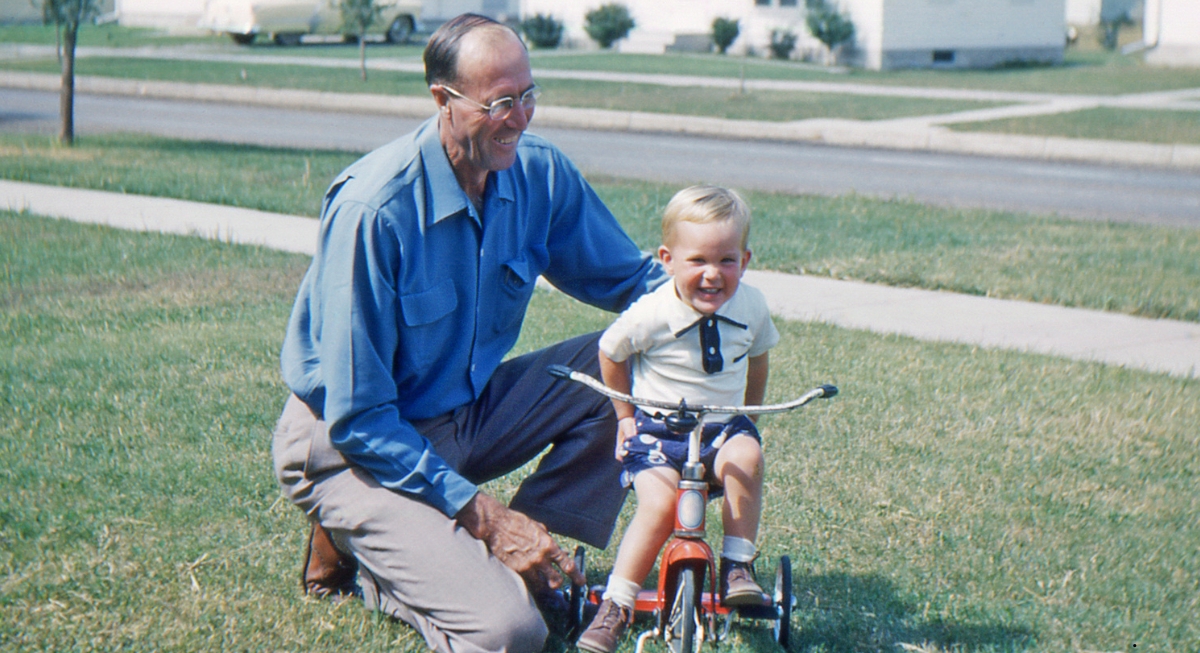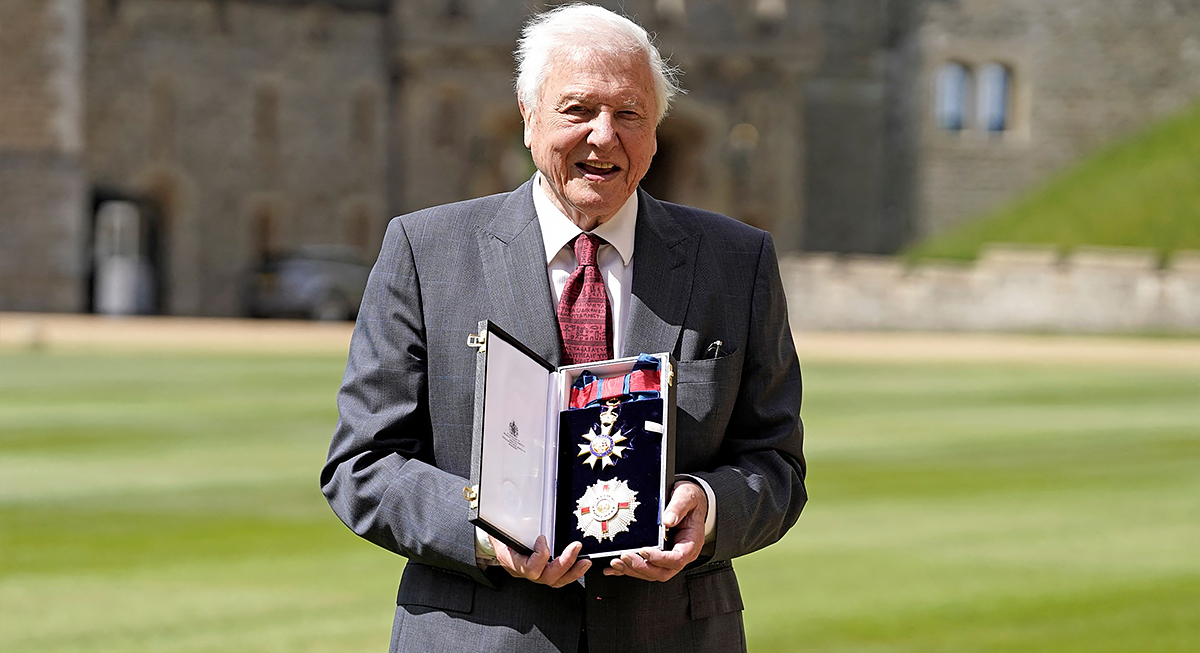Ever wondered how long you were expected to live when you were born? Life expectancy is a number and a reflection of the era's health advancements, lifestyle, and societal norms. As medical breakthroughs and living conditions have evolved, so too have our anticipated lifespans over the decades. This article will take you on a journey through time to discover what your birth year predicted for your life's duration and how those expectations have transformed over the years.
1941

Credit: Wikimedia Commons
Life in 1941 was challenging, ranging from wartime rations to limited medical advancements. Babies born that year were expected to reach about 63.8 years. Men had a shorter outlook at 61.9 years, while women could expect to live around 66.5 years. Healthcare was still evolving, and antibiotics were not yet widely available, which made infections and diseases deadlier.
1947
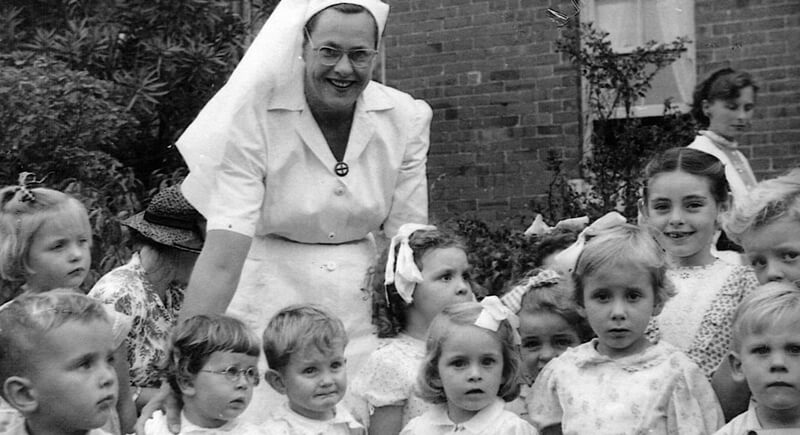
Credit: flickr
By 1947, the world had shifted to post-war recovery, and medicine was improving. That year, newborns had an estimated lifespan of 66.7 years. Males were expected to live around 64.6 years, while females had a longer projection of 69.7 years. Polio, tuberculosis, and other diseases remained significant threats, but vaccines and medical research were beginning to turn the tide.
1953
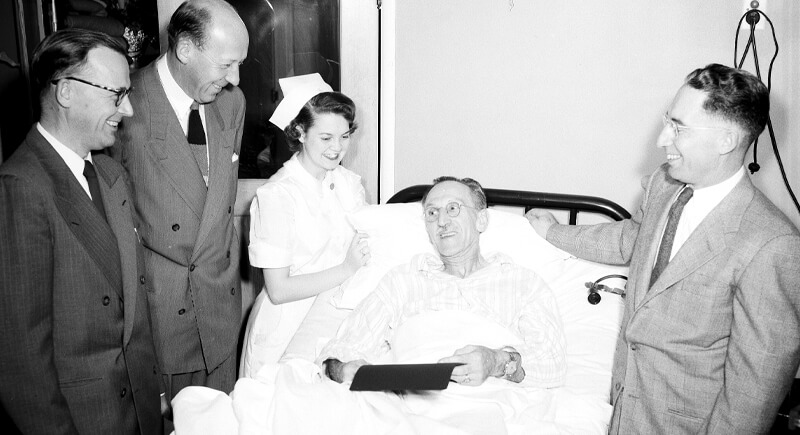
Credit: Wikimedia Commons
Mid-century America saw some medical breakthroughs that greatly increased survival rates. This involved the introduction of the polio vaccine and better sanitation that helped prevent deadly infections that had been a constant threat. Naturally, those born in 1953 had a slightly higher predicted lifespan of 69.6 years. Men were expected to reach 66.0 years, while women could live to 72.0 years.
1959

Credit: Wikimedia Commons
America was booming, and science was advancing quickly. Newborns were expected to live around 69.9 years. This also placed women at around 73 years, which–in a surprising turn of events–turned out to dwarf men's anticipated average of 66.7 years. Heart disease was still the leading cause of death, but healthier diets and medical treatments were starting to extend the number of years people lived.
1965
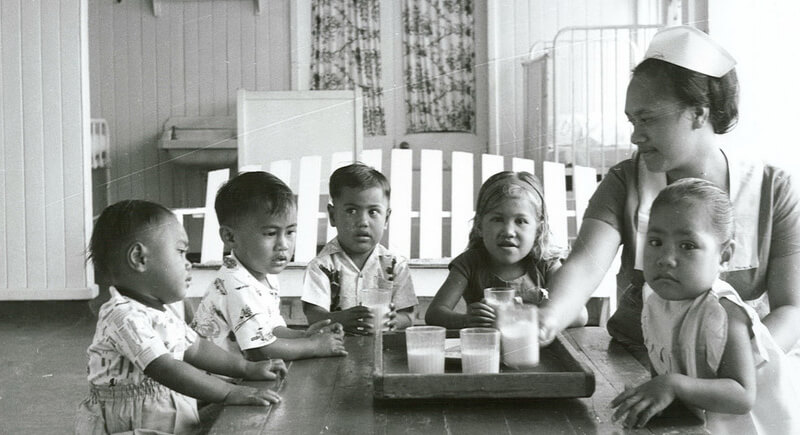
Credit: Wikimedia Commons
Medical technology was taking off, and people were living longer. Those entering the world in 1965 were expected to reach about 70.2 years. Seemingly a norm, men were expected to live for 66.8 years, while women's age span was to go up to 73.7 years. Health awareness campaigns were growing and led to better management of diseases that had been life-threatening.
1971

Credit: Wikimedia Commons
Public health efforts were making an impact, and life spans were stretching further. Babies in 1971 had a predicted age expectancy of 71.1 years. Men were estimated to reach 67.6 years, while women had a longer life projection of 74.6 years. The risks of smoking were becoming clearer, but processed foods and sedentary habits were creating new health concerns.
1977

Credit: Wikimedia Commons
New health risks were emerging even if people were living longer. Fast food culture, for instance, was shaping long-term health in unexpected ways. There were also some fitness trends that were gaining popularity. Thus, those born in 1977 were expected to reach about 73.3 years. Males had an estimated lifespan of 70.0 years, while females could live up to 77.2 years.
1983

Credit: flickr
Medical advancements kept pushing life expectancy higher. Vaccines and preventive healthcare made a huge difference. Babies in 1983 had a projected lifespan of 74.6 years. Males could expect about 71.2 years, while females had a longer outlook at 78.1 years. However, increasing sugar intake and declining activity levels were creating a new wave of chronic health conditions.
1989

Credit: flickr
Lifestyle choices played a growing role as longer lives were becoming the norm. New mothers would have been delighted for their kids' expected 75.4 years. Men would still have to play second fiddle to women at 71.8 years compared to their 78.6 years. Technology was improving medicine. And yet, obesity rates began rising, introducing new risks that earlier generations didn't face in the same way.
1995

Credit: Wikimedia Commons
People had more access to medical care than ever despite modern habits shifting health trends. Babies would live a year longer than six years before, at 76.5 years. The figures also saw men's figures rise to 73.0 years and females jump to 79.9 years. The rise of the internet changed everything, including how people accessed health information.
2001

Credit: Wikimedia Commons
Life expectancy continued rising, the emerging new challenges notwithstanding. Those born in 2001 were estimated to live about 77.2 years. Meanwhile, women's figures were never dipping at 79.8 years, as male's numbers slightly increased to 74.4 years. Scientific breakthroughs improved survival rates for diseases like cancer.
2007

Credit: Wikimedia Commons
Better healthcare and technology shaped the future of longevity. These improvements gave young ones an 81-year chance at life. It became refreshing for men to expect to live for 75.4 years and even better for women at 80.6 years. Medical research had advanced significantly, but increased reliance on digital entertainment meant fewer people were staying physically active.
2013

Credit: Wikimedia Commons
People had more medical options than ever, but lifestyle choices still played a major role in longevity. Those born in 2013 had a projected lifespan of 78.8 years. Women also had an improved chance at life (81.2 years), while men lagged at 76.4 years, an increment nonetheless. Early disease detection and advanced treatments were improving survival rates, although chronic illnesses were more common.
2019
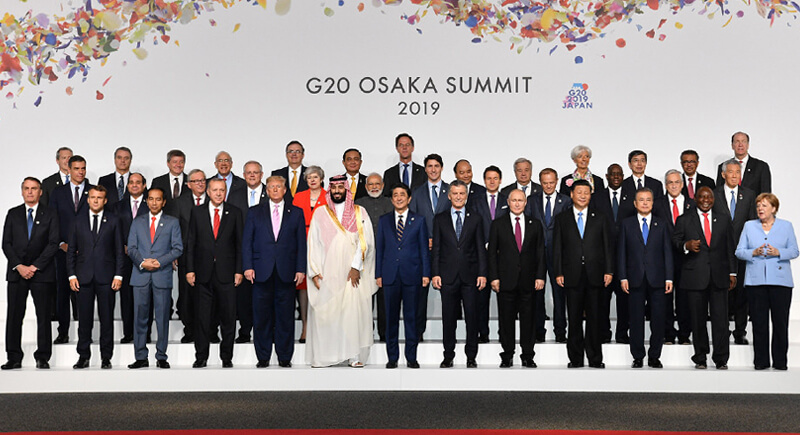
Credit: flickr
Medical science was at its peak, albeit with unpredictable factors shaping health trends. Babies in 2019 were estimated to live about 78.8 years. Never going to catch up, men expected 76.3 years to their female counterparts' 81.4 years. Life expectancy plateaued due to modern stressors, environmental changes, and the increasing impact of mental health on overall well-being.
2025

Credit: Wikimedia Commons
While people are expected to live longer, new health risks continue to emerge. Newborns should not expect more than 79.4 years. Women's expected life in this world came at 81.8 years, while men couldn't still hit 80, coming at 77 years. Medical advancements are promising, but the long-term effects of modern lifestyles, climate change, and technology dependence remain uncertain.

